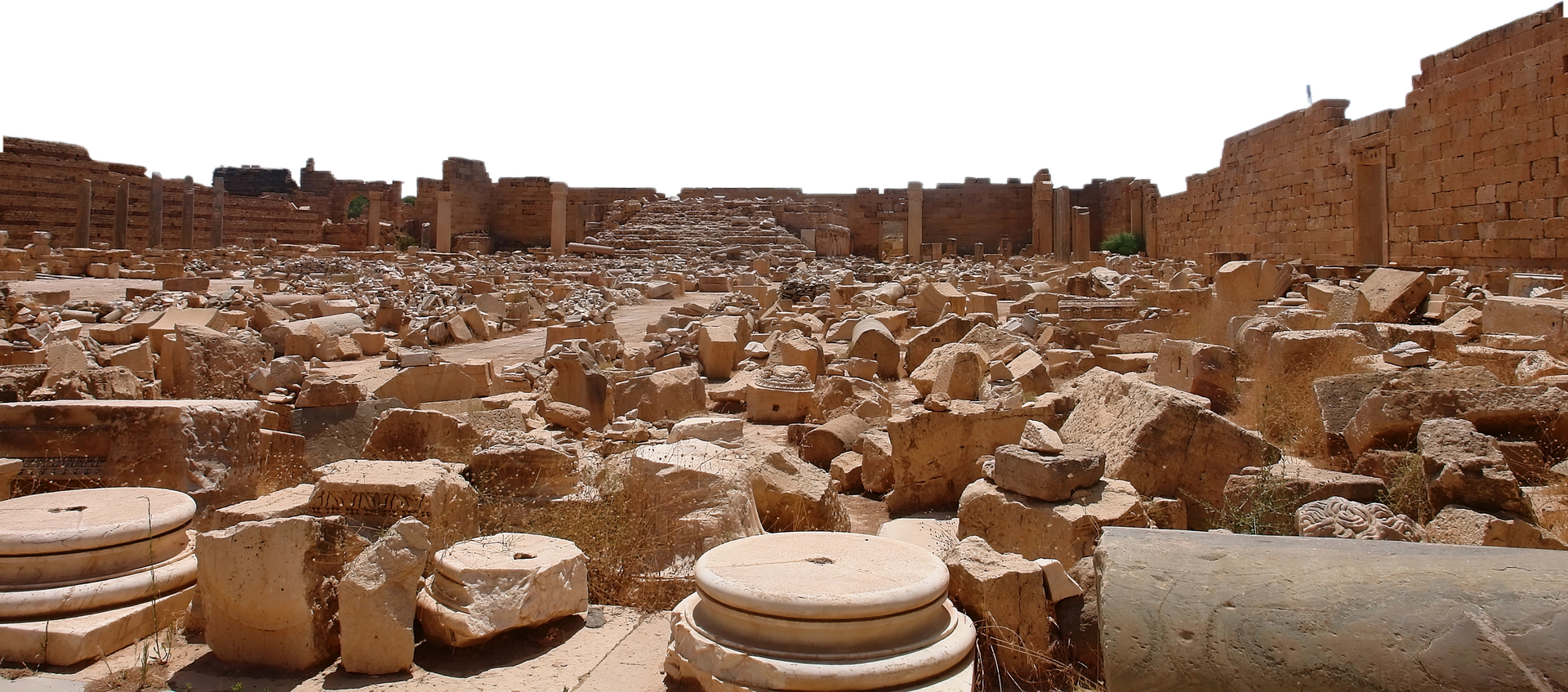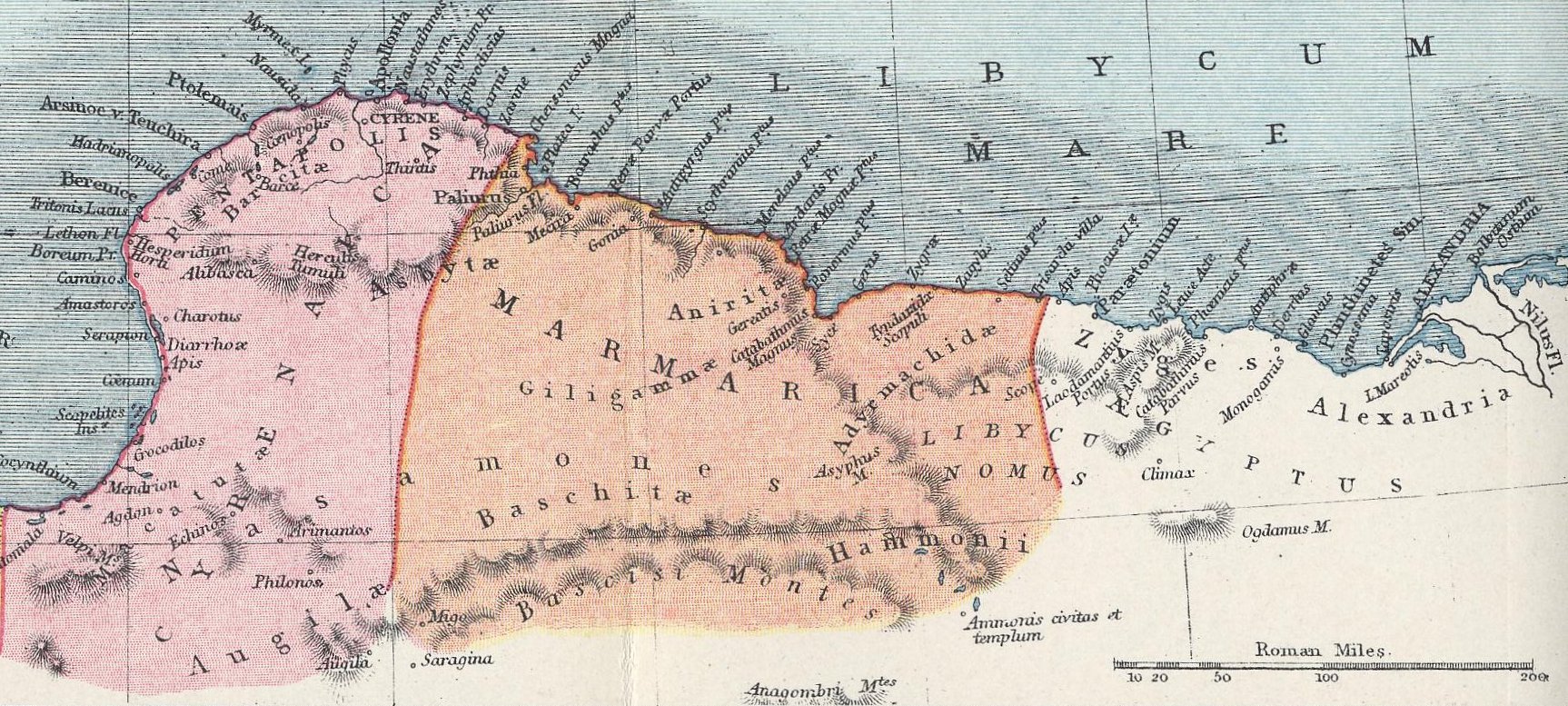What is…
Cyrene
Greek: Κυρήνη (Kyrḗnē) —Roman (Latin) name: Cyrene
also known as: Kyrene and Tripoli
This is an ancient city (now Tripoli) in Upper Libya, North Africa, founded by a colony of Greeks (630 BC) from Thera (modern Santorini). Inhabitants are referred to as Cyrenians.
It was part of the ancient North African Pentapolis (“Five Cities”), an important group of five cities in the region, and gave the area its classical and early modern name Cyrenaica. The five cities were…
- Cyrene and its port
- Arsinoe or Taucheira (Tocra)
- Euesperides or Berenice (near modern Benghazi)
- Balagrae (Bayda)
- Barce (Marj)
Cyrene’s port was called Apollonia (Marsa Sousa).
It contained latterly a large number of Jews, who were introduced into the city by Ptolemy, the son of Lagus, because he thought they would contribute to the security of the place. They increased in number and influence; and we are thus prepared for the frequent references to them in connection with the early history of Christianity.
Simon, who bore our Lord’s cross, was a native of this place.
And as they came out, they found a man of Cyrene, Simon by name: him they compelled to bear his cross. —Matthew 27:32 KJV
And they compel one Simon a Cyrenian, who passed by, coming out of the country, the father of Alexander and Rufus, to bear his cross. —Mark 15:21 KJV
Jews from Cyrene were in Jerusalem at Pentecost (Acts 2:10); and Cyrenian Jews had a synagogue at Jerusalem (6:9).
Converts belonging to Cyrene contributed to the formation of the first Gentile church at Antioch (11:20).
Among “the prophets and teachers” who “ministered to the Lord at Antioch” was Lucius of Cyrene (13:1).
There are many sites of archeological significance in Tripoli. The archaeological remains cover several hectares and include several monumental pagan temples, stoas, theatres, bathhouses, churches, and palatial residences. There is also a large necropolis of about 20 square kilometers north and south of the city, making it one of the largest known Greek necropoleis.
The ancient mathematician, geographer, and astronomer Eratosthenes (276 – 194 BC), was a Cyrenian and became the librarian of the Library of Alexandria. He is the first known to calculate the circumference of the Earth.
The early church Christian author Synesius (circa 373 – c. 414 AD) was a Cyrenian and became the bishop of Ptolemais.
More information

